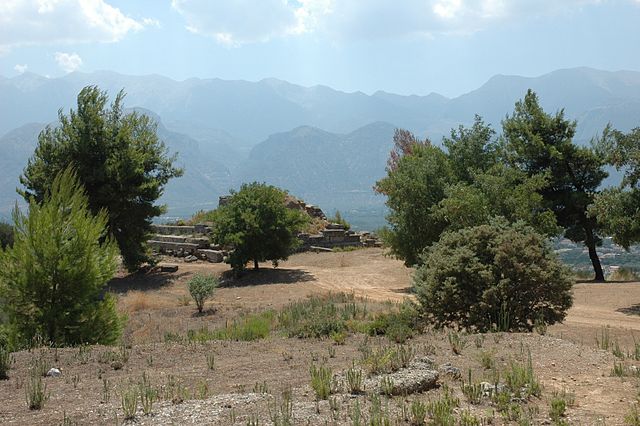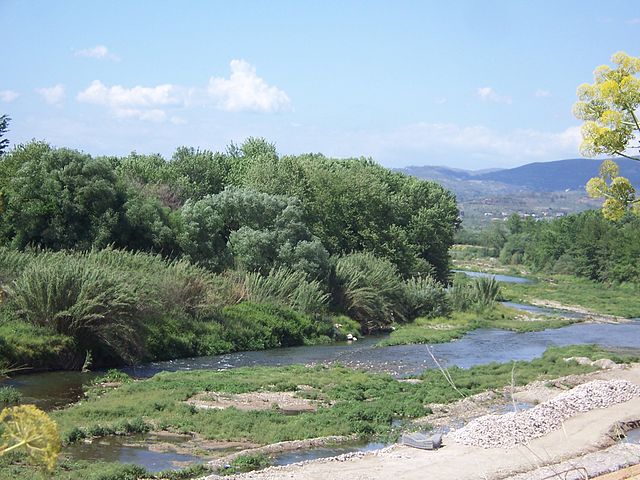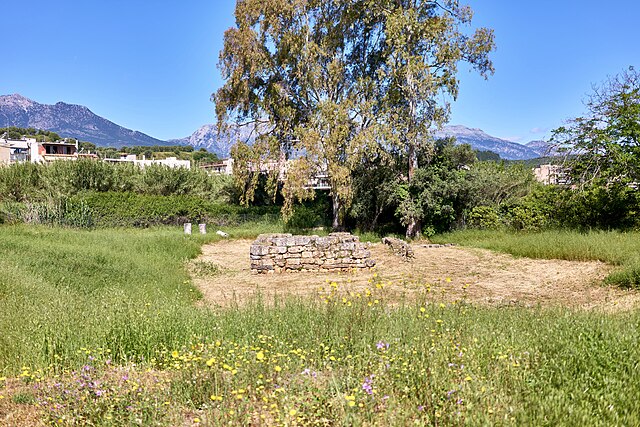In Greek mythology, Menelaus was a Greek king of Mycenaean (pre-Dorian) Sparta. According to the Iliad, the Trojan war began as a result of Menelaus’s wife, Helen, fleeing to Troy with the Trojan prince Paris. The cuckolded Menelaus was a central figure in the Trojan War, leading the Spartan contingent of the Greek army, under his elder brother Agamemnon, king of Mycenae. Prominent in both the Iliad and Odyssey, Menelaus was also popular in Greek vase painting and Greek tragedy, the latter more as a hero of the Trojan War than as a member of the doomed House of Atreus.
Marble bust of Menelaus, Vatican Museums
Menelaus captures Helen in Troy, detail of fresco in Pompeii
Menelaus regains Helen, detail of an Attic red-figure crater, c. 450–440 BC, found in Gnatia (now Egnazia, Italy).
Menelaus and Meriones lifting Patroclus' corpse on a cart while Odysseus looks on; alabaster urn, Etruscan artwork from Volterra, 2nd century BC
Sparta was a prominent city-state in Laconia in ancient Greece. In antiquity, the city-state was known as Lacedaemon, while the name Sparta referred to its main settlement on the banks of the Eurotas River in the Eurotas valley of Laconia, in south-eastern Peloponnese. Around 650 BC, it rose to become the dominant military land-power in ancient Greece.
Hollow Lacedaemon. Site of the Menelaion, the ancient shrine to Helen and Menelaus constructed in the Bronze Age city that stood on the hill of Therapne on the left bank of the Eurotas River overlooking the future site of Dorian Sparta. Across the valley the successive ridges of Mount Taygetus are in evidence.
Eurotas River
The theater of ancient Sparta with Mt. Taygetus in the background.
Ruins of the Temple of Artemis Orthia








